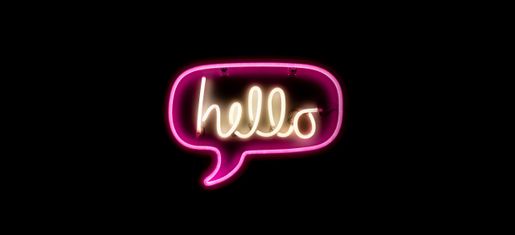REFLEXOLOGY HISTORY










Reflexology has its origins in ancient civilizations. Some believe the first records of some kind of foot and hand health treatment date from 2,500 BC, found in Egypt. Others consider the concept of health treatment using the feet dates from 5,000 years ago in India.
However, Zone Therapy, which is the basis of modern day Reflexology, was established by an American physician Dr. William Fitzgerald in the beginning of the 20th Century. According to Dr. Fitzgerald, the body is divided in 10 zones of energy, 5 parallel vertical zones on each side, moving away from the midline.
In Zone Therapy it is believed that what happens in a part of the body can have an impact elsewhere within the same zone. Dr. Fitzgerald and many contemporaries in fact, applied pressure to a certain point, or points on the body, to treat pain or numb an area of the body within the same zone. Clamps, pins and tongue depressors were early instruments of Zone Therapy.
The feet were eventually found to be the perfect receptors for pressure as treatment. Dr. Joe Shelby Riley is credited with finding the correspondent points on the feet and establishing the grid pattern on the plantar surface of each foot. To the pre-established 5 vertical energy zones and 4 horizontal sections representing imaginary lines on the body, he added: a line at the base of the toes for the neck line; a line right below the metatarsals’ heads for the diaphragm line; a line at the metatarsals’ base for the waistline; and a line across the anterior part of the heel for the pelvic line.
The creation of the grid helped Dr. Riley and Physiotherapist Eunice Ingham refine Dr. Fitzgerald’s basic foot chart. Eunice Ingham continued to study, refine and develop the foot, and eventually, a hand chart as well as her own Reflexology method. She found that alternating, instead of continuing pressure with thumbs or finger, stimulated healing.
She also traveled extensively lecturing, demonstrating and teaching her method. Her dedication and unwavering belief in Reflexology as a healing art were a major contribution to the awareness and development of this amazing form of health management.
Later in the XX Century, French neurosurgeon Dr. Paul Nogier, intrigued by patients who had been treated with Eastern healing methods applied to the ears, observes the similarity between the shape of the ear and an upside down fetus. In 1957 he publishes a complete reflex map of the human body on the ear “ the homunculus” map.
Dr. Nogier’s Auriculotherapy is the basis of ear Reflexology. Reflexologists may follow a combination of Dr. Nogier’s original map and the one later developed by the Chinese to gently hold the points that correspondent to organs, or parts of the body to help clients relax and aid their own bodies to return to homeostasis.
Copyright © 2021 AhhReflexology.net - All Rights Reserved.
Powered by GoDaddy
